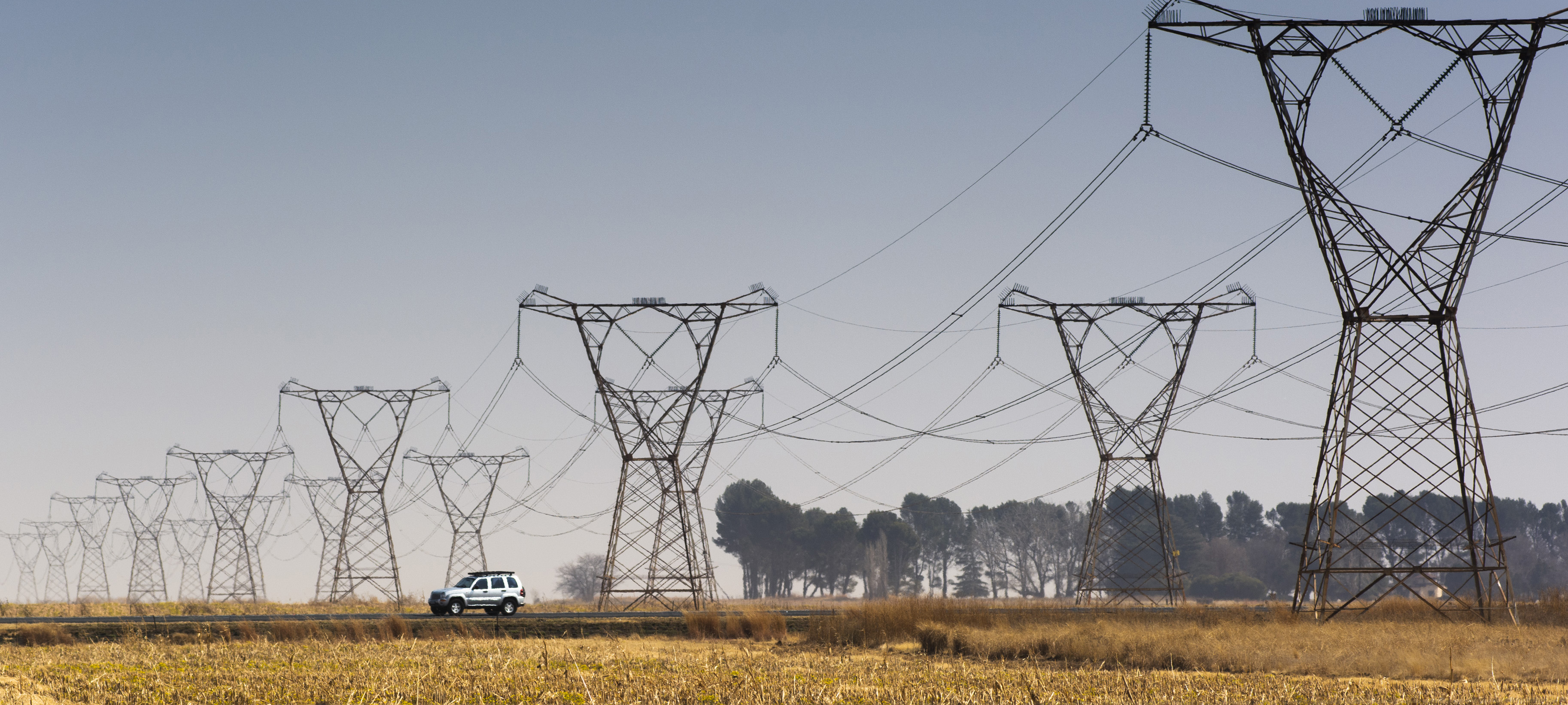It is safe to say that South Africa’s 16-year-long electricity shortage crisis is over. The performance of Eskom’s power stations has recovered, allowing it to generate electricity to meet the country’s demand. The power utility is, in fact, now generating so much electricity that it doesn’t know what to do with it all.
Households and businesses have been accustomed to dealing with blackouts, with many installing rooftop solar as a backup, also easing pressure on the electricity system.
There was a boom in rooftop solar installations in 2023, which has now slowed down because Eskom has managed to keep the lights on for nearly four months, as my colleague Ed Stoddard writes here.
Although the Eskom blackout crisis has ended, another crisis persists — the mess that remains in the pricing of electricity. This crisis will take months to fix.
For 100 years, Eskom had a monopoly on electricity generation, distribution and transmission. This monopoly gave Eskom the power to design electricity prices and propose increases that were unpredictable and more than double the prevailing inflation rate.
Of course, electricity prices are regulated by the National Energy Regulator of South Africa (Nersa). Thankfully the regulator often rejected Eskom’s proposed increases, resulting in significantly lower electricity tariffs being approved for the power utility for years.
The request for higher tariffs is likely to happen again this year. Eskom has asked Nersa for an electricity tariff increase of 36.15% during its financial year 2026, 11.81% in 2027 and 9.10% in 2028 — for customers it directly charges and supplies.
If approved by Nersa, the first increase would be implemented from 1 April 2025.
Customers relying on electricity supply from local authorities (municipalities) could be slapped with an increase of 43.55% in 2026, 3.36% in 2027 and 11.07% in 2028, with the first increase set to be implemented on 1 July 2025.
In motivating for hefty electricity tariff increases, Eskom has told Nersa that it wants increases that are reflective of its costs to generate, transmit and distribute electricity. Eskom has long argued that it does not generate enough revenue from electricity sales to fund its operations without financial assistance from the government (in the form of taxpayer-funded bailouts) and to service its smothering debt load of more than R200-billion.
The large increases in electricity tariffs would pave the way for Eskom to potentially generate revenue (by charging customers for electricity usage) of R446-billion, R495-billion and R537-billion for 2026, 2027 and 2028, respectively.
The pricing architecture of electricity is about to change after President Cyril Ramaphosa signed into law last week amendments to the Electricity Regulation Act. The Act is a game-changer as it would effectively end Eskom’s monopoly and introduce much-needed competition in the electricity market.
How it currently works in the electricity distribution matrix is that customers have either an account with Eskom or a municipal distributor, and they buy electricity from them.
The amended Electricity Regulation Act will open the electricity market to allow these customers more options for buying electricity from different sources. Customers will be allowed to buy a portion of electricity from independent power producers (IPPs) that generate renewable energy, electricity traders and other players in the electricity value chain.
This will be done by establishing bilateral wheeling contracts, which will allow the selling and buying of electricity between renewable electricity generators and off-takers, who use electricity. The power would then be wheeled over the Eskom and/or municipal transmission networks.
The electricity market has long lacked a standardised wheeling framework that governs electricity distribution, which has created a lot of uncertainty among renewable players as they stood ready to provide electricity to the grid and other customers but couldn’t do so. Where a framework exists, prices/charges have been negotiated on a case-by-case basis, which is time-consuming and unpredictable. A standardised wheeling framework will soon be established.
Essentially, the amendments to the Act will pave the way for customers to have the option of dealing with other electricity players such as IPPs and other traders instead of only Eskom, which has been the case for a century.
I suspect that, in practice, customers will be required to enter into five-year electricity offtake agreements with IPPs and other traders. This will at least give certainty on electricity prices rather than relying on Eskom’s pricing strategy, which is unpredictable and costly. There will be a clear sight of the electricity price paid by consumers and businesses — knowing it in real and constant terms.
So, what will Nersa’s role be in this new open electricity market? Nersa will still have regulatory oversight and be responsible for setting and approving tariffs on a competitive basis. This will be in contracts between a willing buyer and a willing seller — for example, IPPs and municipalities.
It will still be a while before the energy sector is fully open and liberalised because Eskom, Nersa, IPPs and municipalities (many of which are dysfunctional) still have to prepare for changes. Nonetheless, Ramaphosa signing the Act into law is a positive development. DM
This article is more than a year old
Business Maverick
After the Bell: The impending end of Eskom’s 100-year monopoly
The pricing architecture of electricity is about to change after President Cyril Ramaphosa signed into law last week amendments to the Electricity Regulation Act. This is a game-changer as it would introduce much-needed competition in the electricity market.





